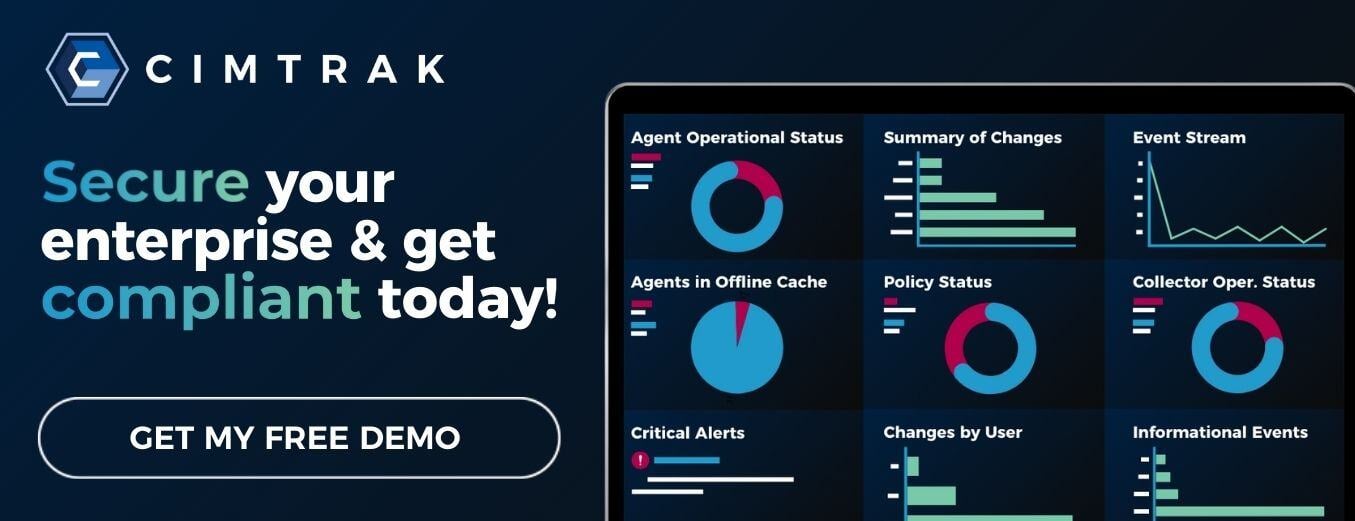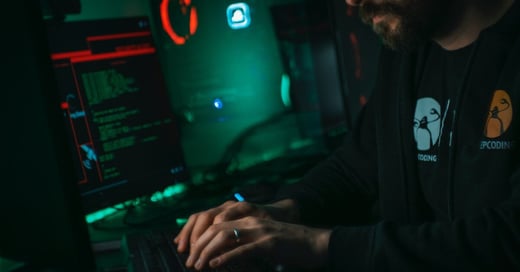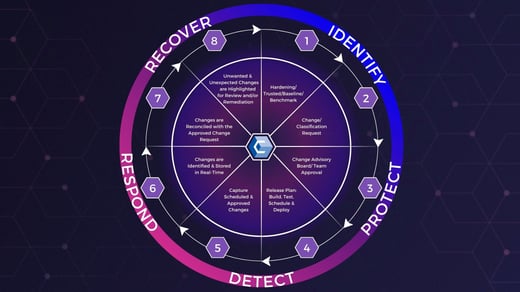Does your organization have a quarter of a million dollars to throw away on a ransomware attack? Maybe, but I’m sure your leadership team would prefer to spend that capital elsewhere.
As an IT manager, your attention is often spread thin across your responsibilities. You’re trying to manage your team, your organization’s data, user access requests, and more. A ransomware attack is the last thing you need. To avoid or mitigate the damage of such an attack, you need to implement ransomware detection techniques.
In this post, we’ll discuss the dangers of ransomware and explore four techniques that can be used to detect and defend against ransomware attacks for your organization.
Ransomware Detection: Definition and Importance
Before we dig deeper into the four top methods you can use to detect ransomware in your infrastructure, let’s look at ransomware in general.
Ransomware first appeared on the scene in the late 1980s. A man named Joseph Popp sent out a series of floppy disks armed with the ability to hide files on his victims’ hard drives. He then required payment from his victims to repair the software his ransomware blocked.
Though ransomware techniques and threats have become more sophisticated over the years, the premise of the attack is still the same as Popp’s. Ransomware attacks block or threaten to publish some of your data unless you pay the attacker a ransom.
Attackers may target businesses or even individuals within organizations. The targeted attack on Swissport in February of 2022 led to the grounding and delay of almost two dozen flights. Swissport was able to contain the threat quickly. Still, the losses in public trust, time, and opportunities were significant.
Organizations may train staff to spot ransomware or focus on internal cybersecurity practices to counter these attacks. Still, this may not be enough to keep your data safe. Detecting ransomware is an ongoing challenge, but there are ways to decrease that challenge. Focusing on specific behaviors or detection of changes that occur within an organization’s infrastructure can help decrease the possibility of ransomware occurring within an environment.
Real-Time Change Detection
The key to quick and effective ransomware detection is to embrace real-time change detection and file integrity monitoring techniques and processes. What is real-time change detection? Real-time change detection is a cybersecurity practice by which you will configure your network to log all configuration and data changes.
This process gives you an easy-to-follow breadcrumb trail you can use to track unauthorized or suspicious activity down to its source, helping you identify ransomware and other threats before significant damage is done.
Let’s take a look at the five core pillars of real-time change detection to give you the tools you need to use these techniques to detect and mitigate the impact of ransomware.
1. Hardening and Trusted Benchmarks
You must establish trusted CIS benchmarks to manage your real-time change detection practices. Trusted benchmarks are baseline configurations and best practices related to your CIS infrastructure.
Employing system hardening practices helps ensure you adhere to your CIS benchmarks. Three of the most impactful practices you can implement are:
- Integrity Drift: Monitor the integrity of your system and configurations by checking for changes, enabling you to remediate when needed.
- Configuration Management: Gain insight into your environment to easily identify future changes.
- Automatic System Hardening: Employ a tool like CimTrak that allows you to monitor areas of non-compliance automatically and eliminate drift. This practice will also reduce the entry points an attacker could exploit.
This technique is vital to leveraging advanced reporting practices to continually scan for compliance challenges and minimize your vulnerabilities in real-time.
2. Configuration Management
Next, you’ll want to examine your system configuration standards. Configuration management refers to the process of setting the desired state of operations for your network, hardware, and software. Additionally, this process refers to maintaining your system’s configuration standards to ensure they’re optimally positioned.
The essential part of configuration management is ensuring that your critical IT assets are not tampered with through malicious actions such as ransomware attacks or by accident.
Without proper configuration management, you will not be able to ensure that your systems run properly at all times. Additionally, identifying ransomware attacks will be more challenging because you will have a harder time identifying when an unauthorized change has been made.
Change control is a critical piece of any ransomware detection technique. We will discuss this concept in more detail next.
3. Change Control
Change control refers to the process of taking charge of the changes that occur within your environment.
You will want to employ the assistance of a tool like CimTrak to track changes across your system. CimTrak creates a detailed audit trail of all the changes in your system, including:
- What was changed
- Who made the change
- Where the change was made
- When the change took place
- How the change was made
This data is vital to helping your team track down the source of unauthorized changes, which is essential to your ransomware detection efforts.
But it isn’t enough to simply identify unauthorized changes. To keep your network secure, you will need to be able to roll back or prevent these changes.
4. Rollback, Remediation, and Change Prevention
Ransomware detection techniques are about more than simply identifying ransomware threats in your system. To keep your network and data secure, you will need to have the processes and tools to remediate unauthorized changes before significant damage is done.
You’ll want to have processes in place for:
- Rollback: Utilize a tool that can store snapshots of your configurations at regular intervals. This functionality allows you to restore previous settings with minimal downtime.
- Change Remediation: Once an unauthorized change is detected, you will want to take action immediately. CimTrak allows for “self-healing,” reversing changes automatically upon detection.
- Change Prevention: For certain core settings or systems, you may elect to prevent change altogether rather than take steps to roll back or remediate after a change is made.
Robust rollback, remediation, and change prevention techniques can help you mitigate the impact of ransomware and maintain a continuously compliant infrastructure.
The last method you may choose to employ for your ransomware detection, and remediation efforts is file whitelisting, which we will discuss in more detail next.
5. File Whitelisting
Lastly, you may employ file whitelisting or a trusted file registry in your ransomware detection techniques. File whitelisting is the practice of marking specific changes like vendor-verified patches or updated files as authorized changes.
Taking this step will eliminate change noise produced by valid changes. This will enable you to focus your time and attention on the changes that truly matter most to your cybersecurity efforts.
When you use file whitelisting, changes will still be documented, allowing you to reference them if necessary. However, you and your team will only receive alerts regarding attacks that may be related to malware, zero-day attacks, rogue users, or other threats. This process allows you to use your limited time more efficiently to prevent attacks and protect your data.
Beyond Ransomware Detection: Increase Your Cybersecurity
Detecting and mitigating the impact of ransomware attacks is essential for your cybersecurity efforts. You can improve your organization’s overall cybersecurity posture by implementing tools designed to continually monitor your network for compliance, unauthorized changes, and more.
Modern cybersecurity threats require innovative solutions. CimTrak’s file integrity monitoring software is one such solution. CimTrak offers system integrity assurance, working to identify, prohibit, and remediate unknown or unauthorized changes in real-time. This empowers your team to maintain a continuously compliant IT infrastructure in less time, with less effort.
Explore our Instant Preview today to see how CimTrak can help your organization’s cybersecurity efforts.
Tags:
Cybersecurity
September 29, 2022




